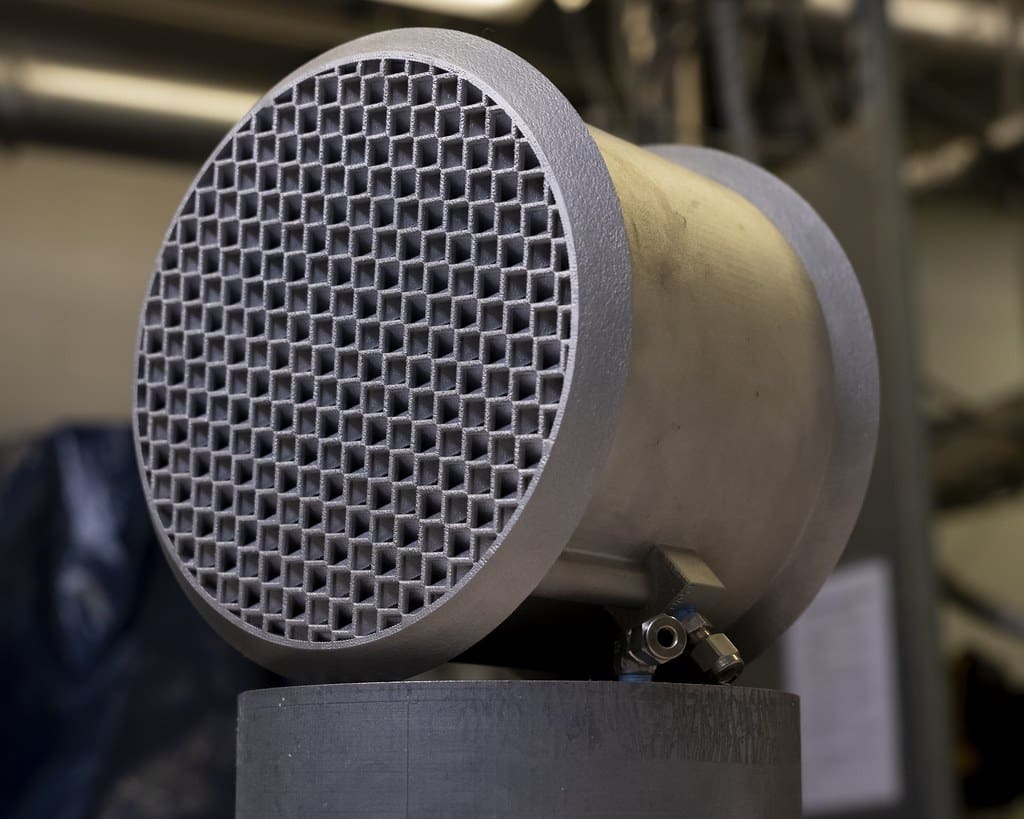Thermal engineering is a critical discipline focused on the study, design, and management of systems and processes that transfer or transform energy in the form of heat. This field spans across various industries, including automotive, aerospace, electronics, and HVAC (heating, ventilation, and air conditioning), where efficient heat management is essential for performance and safety. 3D printing, also known as additive manufacturing, is revolutionizing thermal engineering by offering innovative solutions that enhance heat transfer efficiency, reduce energy consumption, and enable the development of advanced thermal management systems.
The Emergence of 3D Printing in Thermal Engineering
Originally utilized for prototyping, 3D printing has expanded its reach to include the production of functional, high-performance thermal components. Advances in printing technologies and materials have enabled the precise fabrication of complex geometries and structures that are optimized for heat exchange and dissipation. This shift is significantly impacting how engineers design and implement thermal solutions, allowing for more rapid development cycles and innovative approaches to managing heat in critical applications.

Advantages of 3D Printing in Thermal Engineering
Complex Geometries: One of the most significant advantages of 3D printing is its ability to create intricate shapes and structures that are not possible with traditional manufacturing methods. In thermal engineering, this capability allows for the design of optimized heat exchangers, cooling fins, and other components with enhanced surface areas and tailored geometries for improved heat transfer.
Customization and Flexibility: 3D printing offers unmatched customization, enabling engineers to design thermal components that are specifically tailored to the unique requirements of each application. This level of customization is particularly beneficial in applications like electronics cooling, where space and configuration constraints demand highly specific solutions.
Material Innovation: 3D printing facilitates the use of novel materials and composites that have specific thermal properties, such as high thermal conductivity or resistance to high temperatures. Engineers can experiment with different material combinations to achieve the desired thermal performance and durability.
Reduced Lead Times and Costs: The additive nature of 3D printing significantly reduces material waste and eliminates the need for complex molds and tooling, resulting in lower production costs and shorter lead times. This is especially valuable in industries where rapid product development cycles are critical to maintaining competitive advantage.
Key Applications of 3D Printing in Thermal Engineering
Heat Exchangers: 3D printing is used to produce heat exchangers with complex internal structures that improve fluid dynamics and heat transfer efficiency. These can be found in everything from automotive radiators to industrial cooling systems.
Cooling Channels for Electronics: In the electronics industry, 3D printing allows for the integration of cooling channels directly into the structure of components. This is crucial for managing the heat generated by high-performance electronics, such as CPUs and GPUs.
Aerospace Thermal Management: The aerospace industry benefits from 3D-printed components that provide effective thermal management while also reducing weight, a critical factor in aerospace design.
Energy Systems: 3D printing enables the development of advanced geometries in components used in renewable energy systems, such as solar panels and wind turbines, optimizing their performance and efficiency through better thermal management.

Challenges in 3D Printing for Thermal Engineering
Despite its benefits, several challenges must be addressed to fully leverage 3D printing in thermal engineering:
Material Limitations: Finding materials that can withstand extreme temperatures and thermal cycling while maintaining structural integrity remains a challenge.
Surface Finish and Precision: Many thermal applications require smooth surface finishes to minimize thermal resistance at interfaces. Achieving these finishes with 3D printing often requires additional post-processing, which can add to the cost and complexity of production.
Scalability: While 3D printing is ideal for prototyping and small production runs, scaling it up for mass production remains challenging both technically and economically.
Future Directions in 3D Printing for Thermal Engineering
The future of 3D printing in thermal engineering is promising, with ongoing advancements in printer technology, materials science, and computational design tools. Researchers are continuously developing new materials with enhanced thermal properties and refining printing techniques to improve the precision and efficiency of thermal components. As these innovations mature, 3D printing is expected to become even more integral to thermal engineering, driving further improvements in energy efficiency and system performance across various industries.
3D printing is poised to continue its transformative impact on thermal engineering, offering novel solutions that enhance the design and functionality of thermal management systems. As the technology advances, it promises to unlock new possibilities in heat management, contributing to more efficient, reliable, and sustainable technological advancements.








